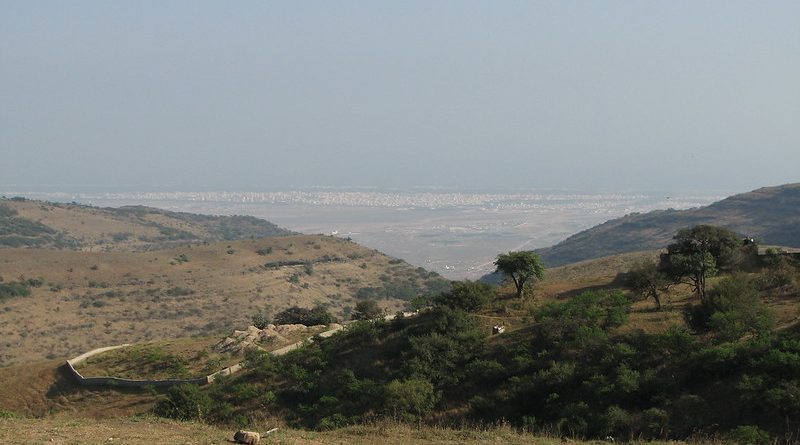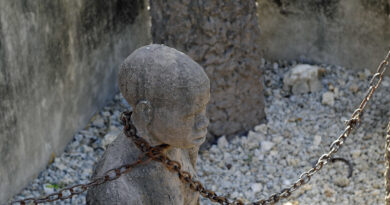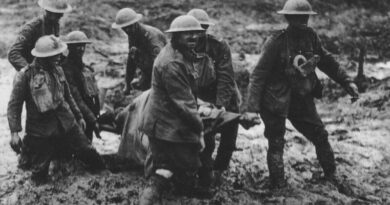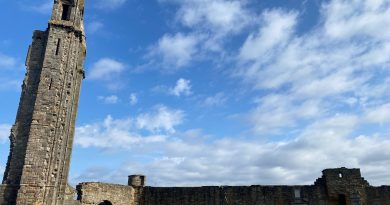Test of Faith: The Tomb of Job
History Facts
Where: Salalah, South Oman, Middle East
When: Neo-Assyrian era, 700 BC
History: Job the prophet, prevalent in Islamic, Judaism and Christian texts, had his faith tested to the limits and was buried here
Things to See: The imprint of the foot of Job
Where It’s At
The city of Salalah, located in the south of Oman, is beautifully situated between coconut plantations and banana groves, extending along a coast with pristine beaches.
It is here, amidst the breathtaking scenery, where The Tomb of Job can be found nestled in the mountains. After a 40-minute drive through winding roads and picturesque valleys, the grave of the prophet is located in a small house near a mosque.
What’s the History of Job’s Tomb?
Known in these parts as Nabi Ayoub, Job was the hero of the biblical Book of Job. According to the Bible, Job was a man of such devotion, that Satan was allowed by God to test his faith.
Job’s children were killed, his possessions destroyed and he was afflicted with a plague from head to toe. But to the displeasure of Satan, Job had not expressed anger at God nor questioned his undying devotion.
Eventually Job was rewarded by God for his steadfastness, giving him even more possessions than he had previously had. Job died an extremely wealthy man, with many camels and children. Job’s tomb in Salalah is where this biblical hero, revered by Muslims, Jews and Christians worldwide, is said to have been laid to rest.
What’s There to See and Do?
Just outside the house where his tomb is located, visitors can find what locals believe to be the foot imprint of Job himself, pressed into the concrete floor. According to an English translation of the Koran, after Job prayed to God (Allah), he was commanded to “strike the ground with your foot” and from the spring that appeared to take “a cool bath and a refreshing drink.” Doing so, Job’s fortune and family were not only restored, they were doubled.
The tomb, however, is quite simple. Inside the tomb is a long mound covered reverently with brightly coloured cloths. Another noticeable adornment is a chart listing the names of various prophets. An open air enclosure near the tomb has prayer rugs scattered on the ground for those pilgrims who might be there at any of the five times during the day when Muslims are supposed to pray.
Visitors are usually instructed to remove their shoes before entering the tomb. Women travellers will be issued green scarves with which they would have to cover their hair in accordance with Islamic custom. Bring your own if you want to be more of a style guru.
More Information
Salalah Tourism
More information on attractions in the region




